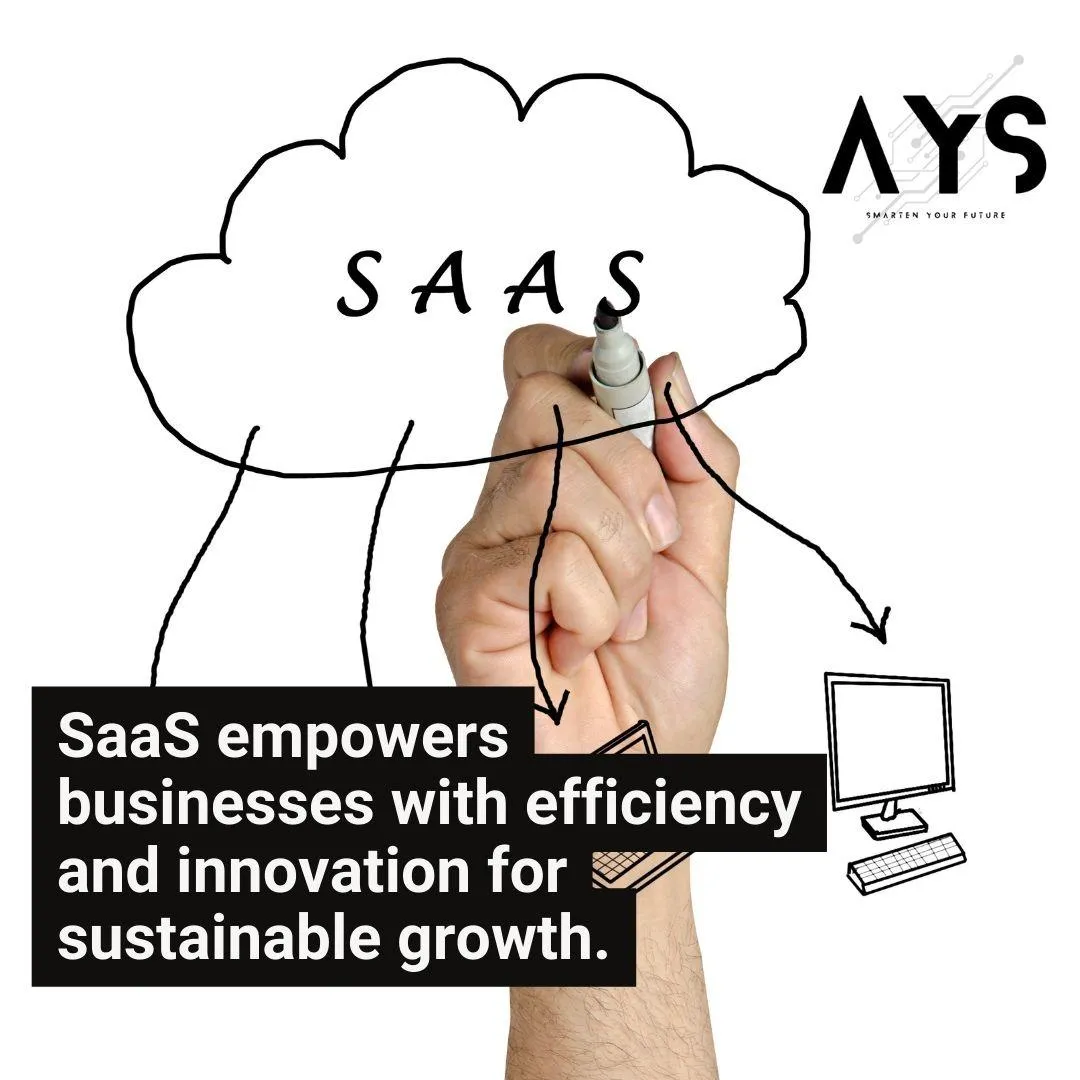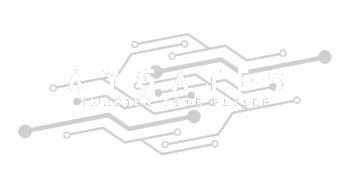Small businesses face unique challenges, from limited budgets to a need for streamlined processes. Enter SaaS (Software as a Service) tools — affordable, scalable, and user-friendly solutions that cater to these exact needs. In this blog, we delve into how SaaS tools are transforming small businesses by providing them with powerful technology once reserved for large enterprises.
The Rise of SaaS for Small Businesses
The adoption of SaaS tools has grown exponentially in recent years, driven by factors like cost-effectiveness, ease of use, and the ability to scale. Unlike traditional software, SaaS requires no extensive hardware or maintenance, making it an ideal fit for resource-conscious small businesses.
Benefits of SaaS Tools
1. Cost-Effectiveness
SaaS tools operate on a subscription model, eliminating hefty upfront costs and allowing businesses to pay for only what they need. This financial flexibility enables small businesses to invest in high-quality solutions without breaking the bank.
2. Scalability
As small businesses grow, their needs evolve. SaaS solutions can scale seamlessly, adding users or features as required without significant downtime or additional infrastructure investments.
3. Enhanced Collaboration
Cloud-based SaaS tools enable teams to collaborate in real-time, regardless of location. This is especially beneficial for remote work setups, a growing trend in modern businesses.
4. Access to Advanced Features
From analytics and customer relationship management (CRM) to project management, SaaS tools provide small businesses access to cutting-edge technology that boosts efficiency and productivity.
Top SaaS Categories Revolutionizing Small Businesses
1. CRM Solutions
SaaS CRM platforms, such as Salesforce or HubSpot, help small businesses manage customer relationships effectively. Features like automated follow-ups, lead tracking, and analytics simplify sales and marketing efforts.
2. Project Management Tools
Tools like Asana and Trello streamline workflows, making task delegation and progress tracking straightforward. These platforms enhance team productivity by keeping everyone aligned.
3. Accounting and Finance Software
With SaaS options like QuickBooks and Xero, managing finances becomes a breeze. Automated invoicing, expense tracking, and reporting ensure small businesses stay on top of their financial health.
4. SaaS Analytics Tools
Data-driven decisions are no longer exclusive to large enterprises. SaaS analytics software empowers small businesses with insights to optimize operations and enhance customer engagement.
Future Trends: SaaS in 2025
As we approach 2025, SaaS tools are expected to integrate even more AI and machine learning capabilities, making them smarter and more intuitive. This evolution will further reduce manual tasks, allowing small businesses to focus on strategic growth.
How to Choose the Right SaaS Tools
1. Assess Your Needs
Identify pain points and areas where automation or efficiency improvements are necessary.
2. Compare Features and Pricing
Look for tools that align with your business objectives and offer the best value for money.
3. Read Reviews and Test
Leverage free trials and user reviews to ensure the tool meets your expectations.
Conclusion
SaaS tools have leveled the playing field for small businesses, enabling them to compete with larger enterprises. Whether it’s improving customer engagement, streamlining workflows, or leveraging analytics, these solutions are revolutionizing the way small businesses operate.
Find best SAAS software to increase productivity, boost sales and automate your workflow with Aygates.






